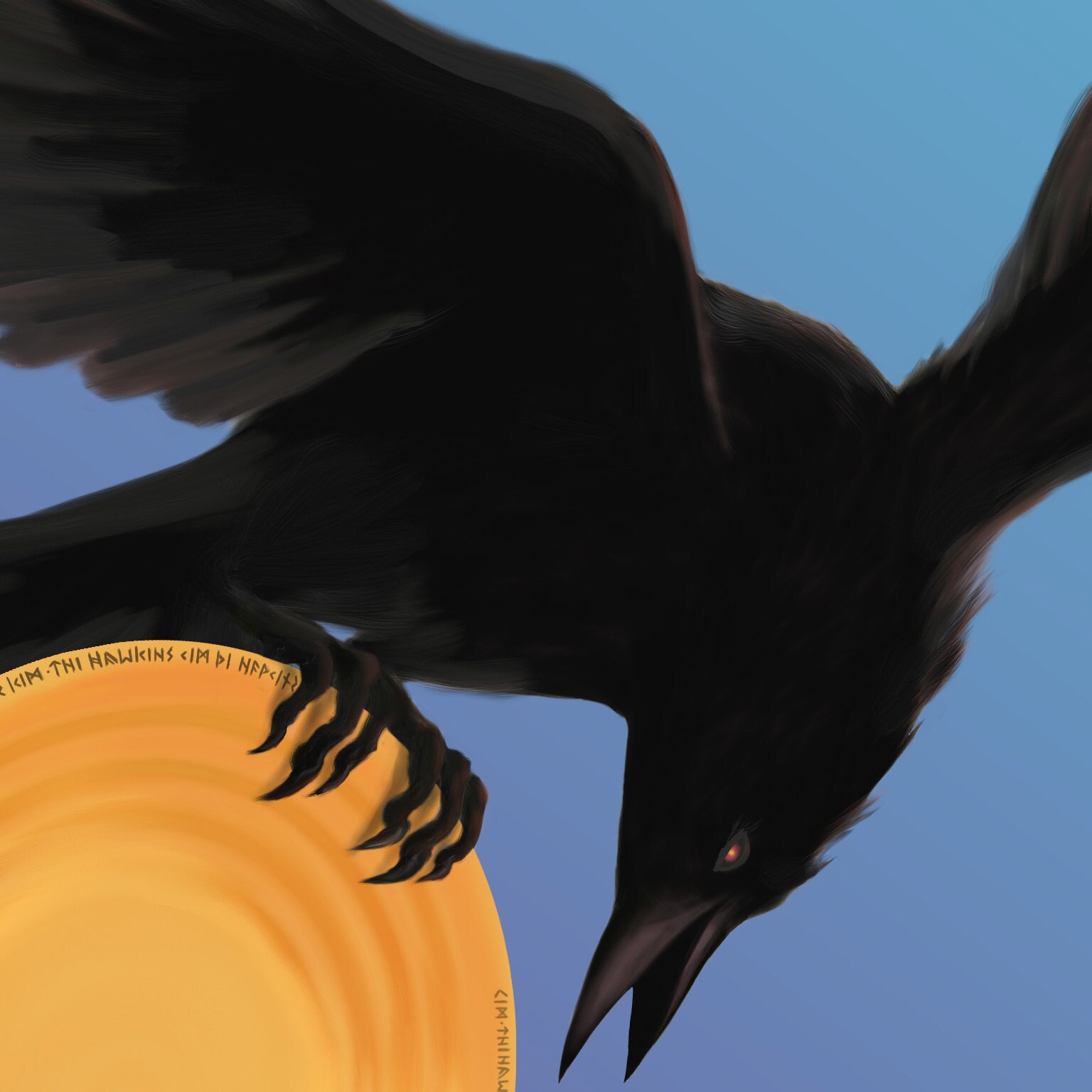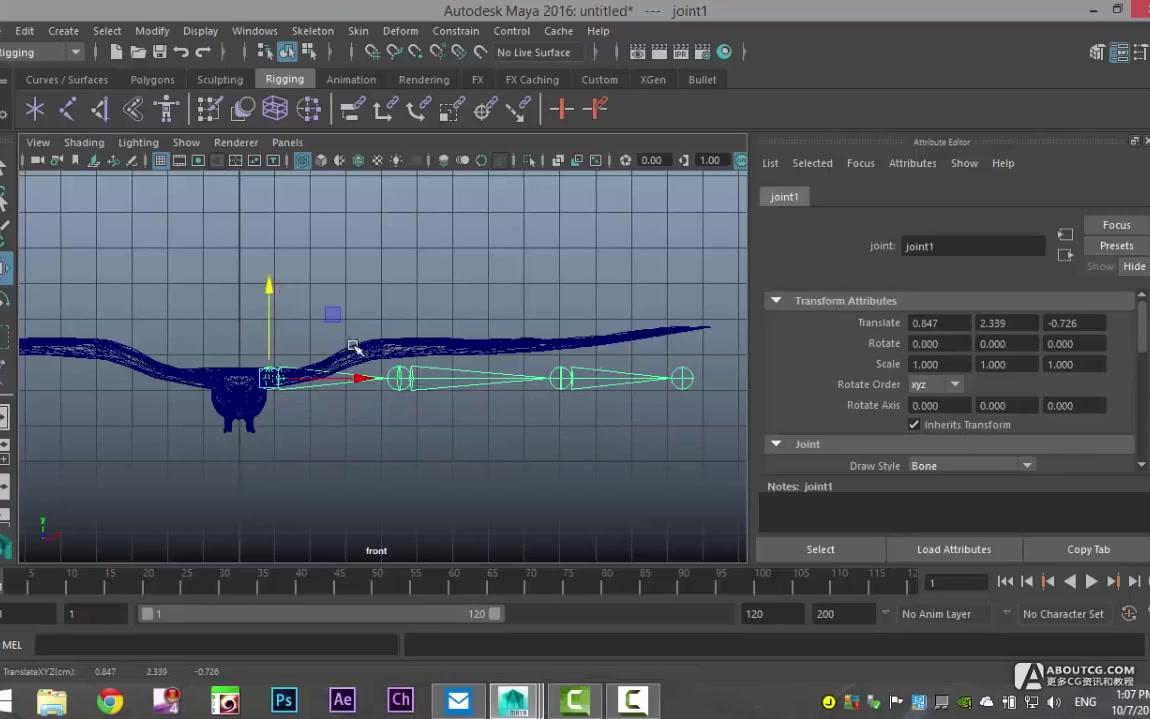

Name these files the same so you dont get confused and since these are different files types, you wont get them mixed up. To go back to normal, remove the keys in reverse order of creating them, so your original stuff is at world 0 again. Under the Apex tab, there is a Play Button, if you press that, it’ll simulate the cloth physics for you. Then move over to frame 40 and move the bone to the left a bit and make it a keyframe. Select the top node of your bone and make a keyframe at 1. If you want to test your cloth, there is a simple way of making sure it works perfect. You also need to export it one more time but this time choose APEX/PhysX and make sure Export APEX Assets is checked on and its APB (not APX).


Note: If you click off the objects accidentally, just select the cloth again and click on the Wrench Tool (Edit PhysX Object) under the PhysX tab and click Paint again and it’ll just continue where you left off.Īt this point, its safe to export the file. If you want to attach these to a curtain rod, these won’t move. With the value of zero, these are going to be our anchors. Now you can paint the whole cloth except the top row of polys. Go back to the Value Slider and go to the far right (120). Now Change the Visible range to 0 and 120. This makes the whole plane the same value which means it doesn’t flow or move at all. Under Paint Attributes, your going to change Value to 0 and hit Flood. You can now paint the vertices to flow the way you want. With the cloth selected, click on the Paint button on the right. Select the cloth part and select the PhysX tab at the top. Now we want to start painting the cloth so it can move the way we want. Note: you might notice that a couple of vertices aren’t moving with it, this is fine, it’ll all come together soon. To test if its working, move the bottom node back and forth and parts of the plane should follow. Click the Plane and select the bone and hit smooth bind. Now we are going to smooth bind the plane to the bone. Click the Joint tool and create two node as such (starting from top to bottom). I went into the 2×2 split view and clicked on the animation Tab at the top left. This will get the cloth ready for a material. You can add another smooth to get a smoother flow, but it might be too much.Īt this point, you can unwrap the plane. This should look like it has a lot of polys but this allows us to get the flow of the cloth more smooth. After the first time, click ‘G’ 3 times to create more divisions. Then i want to make several even divisions. Made sure it was centered and translated so the bottom is not touching the world 0.īefore i continue, i delete all history and freeze transformations. Mine started as default size with 10×10 divisions. So if you refer back to my previous blogs, i have the new sizes of the grid you need in Maya2015 to safely import objects into UE4. Set up the scene to the correct sizes of what you need.
#MAYA 2016 TUTORIAL CROW WINDOWS#
The first thing you do when you open the scene is go to Windows ->Settings/Preferences –> Plug-In Manager. You open maya 2015 and make sure the Apex and PhysX plug in is installed.

Another friend told me that he did it in Maya2015, which is preferred to me. I got two leads, the first is that a classmate of mine told me that i could reverse engineer the cloth from one of the example levels in UE4. i can use this to create cool pieces like bed covers or static sheets of laundry.
#MAYA 2016 TUTORIAL CROW HOW TO#
The good that came out of this is that i ended up learning the basics for 3ds max AND i know how to make convincing static cloth meshes. I believe it just didnt export properly and thus ended in disaster. The computer i was using when i installed Apex and PhysX plug-ins for 3ds max kept crashing the program when i tried to export the file. Sadly this did not end well and i believe i know why. In my blog about gettings cloth physics to work in UE4, i had tried to build my own working cloth in 3ds max and import it into UE4 using Apex and PhysX files.


 0 kommentar(er)
0 kommentar(er)
